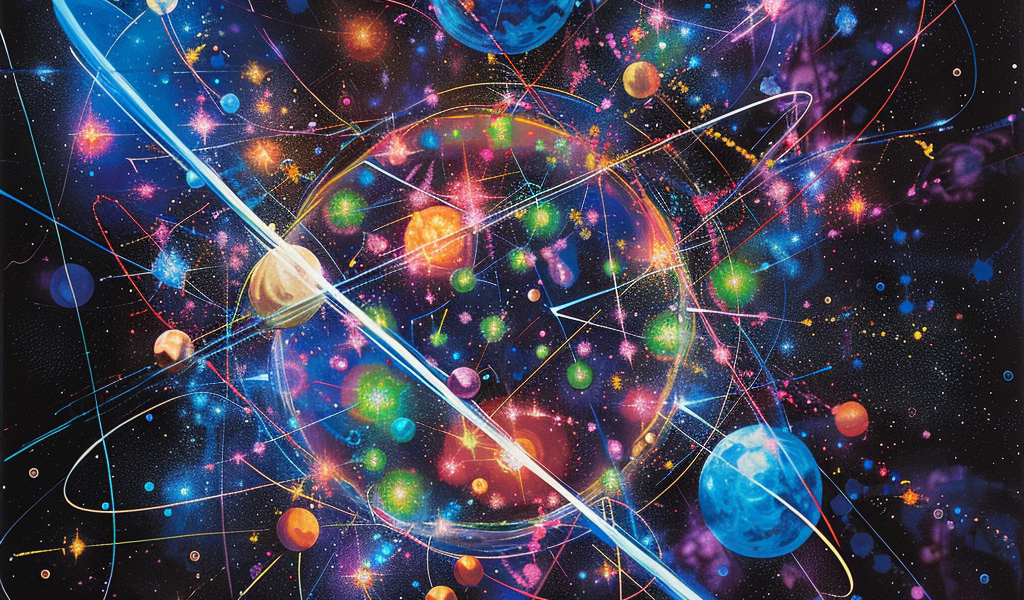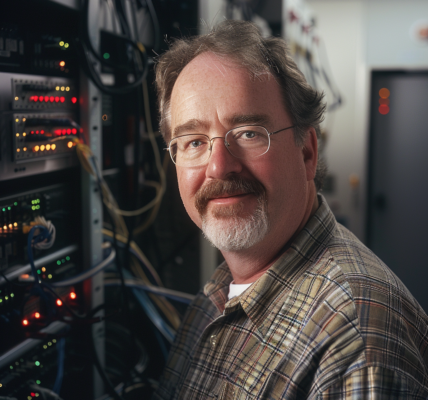The quest to unravel the mysteries of the atomic nucleus has taken a significant leap forward, thanks to an international collaboration involving researchers from the University of Liverpool. This groundbreaking study, recently published in the esteemed journal Nature, delves into the nuclear structure of fermium (element 100) and nobelium (element 102), providing crucial insights into the behavior of heavy elements at the far reaches of the periodic table.
As the periodic table extends, researchers are particularly interested in the isotopes of heavier elements, which do not occur naturally and must be synthesized through complex nuclear reactions. The study focuses on the neutron and proton numbers of these superheavy elements, exploring how their atomic nuclei behave under such extreme conditions.
The research team utilized a sophisticated technique known as laser spectroscopy, which enabled them to measure the nuclear radius of various isotopes of fermium and nobelium. This method is pivotal in understanding nuclear structure, as it allows scientists to observe the hyperfine structure of atoms, revealing information about their internal configurations.
One of the key findings of the study is the smooth trend observed across a significant neutron number, contrasting with the upward kinks typically seen in lighter regions of the nuclear chart. This smoothness suggests that the nuclear shell effects, which are the influences of a few nucleons, diminish as researchers approach the realm of superheavy elements. Instead, the nuclei of these elements behave more like a deformed liquid drop, indicating a shift in the fundamental nature of matter at these extremes.
Professor Bradley Cheal and Dr. Charlie Devlin from the University of Liverpool’s Department of Physics played a vital role in the experimental activities focused on nobelium. Their work involved the operation of advanced laser equipment to probe nobelium atoms, allowing for precise measurements of their atomic hyperfine structure.
To produce a key isotope for their experiments, the researchers utilized lawrencium atoms, which were obtained from a beam of nuclear reaction products. These atoms were then pulse-heated off a catcher filament, resonantly ionized, and subsequently identified by their distinctive alpha decay fingerprints. This innovative approach highlights the collaborative efforts and expertise of the team in laser spectroscopy, a technique traditionally applied to radioactive materials.
Professor Cheal, who serves as the co-spokesperson for the nobelium experiments, emphasized the significance of the findings: “A perennial question in nuclear physics is to ask what happens at the extremes of neutron and proton numbers and where the periodic table may end. This study provides new answers to this.” His statement encapsulates the essence of the research, which aims to illuminate the fundamental principles governing the behavior of matter at the atomic level.
The implications of this research extend beyond mere academic curiosity. Understanding the structure of heavy elements can have far-reaching consequences in various fields, including nuclear physics, materials science, and even medical applications. As scientists continue to push the boundaries of what is known about the atomic nucleus, studies like this pave the way for future discoveries that could reshape our understanding of the universe.
In summary, the collaborative efforts of the University of Liverpool researchers and their international partners have yielded significant insights into the nuclear structure of fermium and nobelium isotopes. By employing cutting-edge laser spectroscopy techniques, the team has contributed valuable knowledge to the ongoing exploration of the periodic table’s limits and the fundamental nature of matter.





